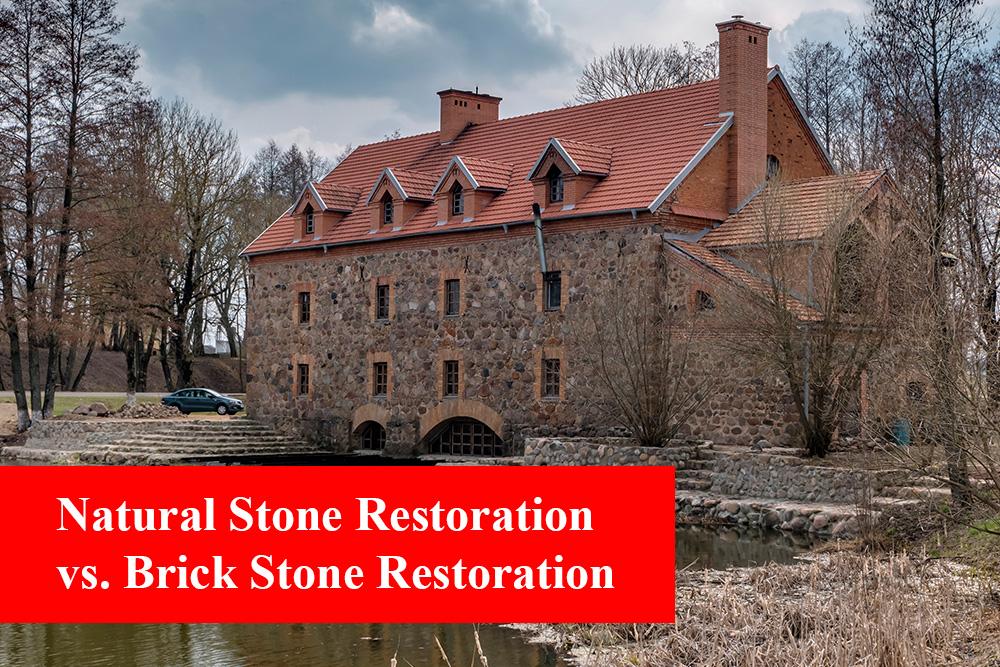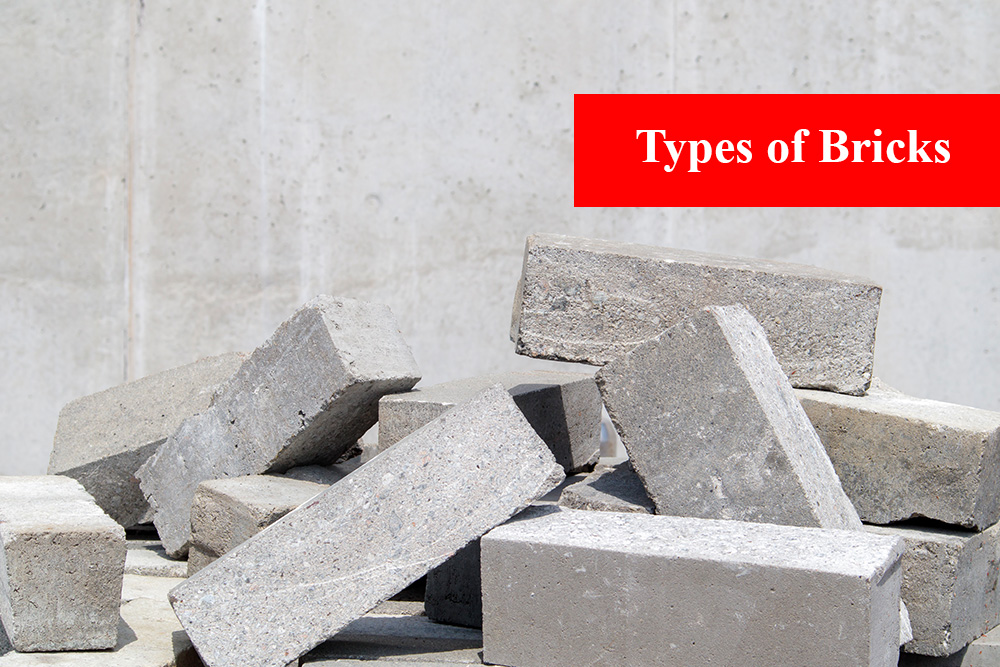
Brick and natural stone masonry both have advantages and disadvantages regarding beauty, versatility, and durability. However, one of the things that both have in common is that natural stone and brick will both show signs of wear over time if not cared for. The allure and versatility of brick and natural stone allow for its use in various applications on a commercial building’s exterior and interior.
Most business owners intuitively know the value of an inviting atmosphere, and studies have shown that the physical environment influences employee’s attitudes and productivity. The Marble Institute of America states that a professional maintenance plan can help preserve the beauty of stone practically indefinitely, which is true of brick. Because impressions play such an important role, it is critical to employ the services of a professional trained in commercial stone and brick maintenance and restoration services.
Brick and Stone Masonry Restoration
Masonry employs techniques that shape and place bricks and/or stones with mortar to form walls and other structures like walkways and stairs. The basic technique has been utilized throughout the centuries and works as well today in commercial buildings as when it was used to construct old-world castles and cathedrals. Like stone, bricks have been used as a building material for thousands of years. Whereas natural stone masonry uses quarried stone, such as marble, granite, and limestone, brick masonry uses natural materials to form bricks.
Types of Bricks

The most common type of bricks are made of mostly clay and shale and fired in a kiln. However, other types of brick also exist. Calcium silicate bricks, also known as sand-lime bricks, contain about 90 percent sand and 10 percent lime. Unlike clay bricks, sand-lime bricks are formed by a chemical reaction when the wet bricks are heated and dried under pressure. The color of bricks depends on the mineral content of the clay or sand, with red bricks containing high amounts of iron oxide and bricks with high amounts of lime presenting a white or yellow hue.
Types of Natural Stone
Depending on the composition, natural stone is typically classified into one of the two general categories; siliceous stone or calcareous stone. It is crucial to understand this difference when using cleaning products. Brownstone, bluestone, granite, slate, sandstone, and quartzite are all types of siliceous stone composed mainly of quartz-like particles called silica. Siliceous stone is typically very durable and easy to clean with mildly acidic cleaners. Calcareous stone is composed mainly of calcium carbonate and includes limestone, marble, onyx, and travertine. Calcareous stone is susceptible to acidic cleaners and so requires different cleaning products and procedures than siliceous stone.
Brick vs. Stone: Head to Head Comparison

Both brick and stone have long histories, and their durability, aesthetics, variety, and cost all impact how it is used. Here are some important considerations for each material:
Brick
- Brick is incredibly durable and resistant to weather.
- Brick offers an extremely long life span, lasting hundreds of years with proper care.
- Brick typically needs very little maintenance for the first 25 years or so.
- Brick is very easy to work with and can readily be cut and shaped to fit in tight spaces.
- Brick is easily damaged by impacts that can cause it to crack and break apart.
Stone
- Stone is virtually impervious to the elements.
- Stone has an incredibly long life span, lasting for centuries with a minimal amount of care.
- Nothing compares to the sheer immovability of stone.
- Stone is tough to disfigure.
- Stone takes more skill and effort to cut to size and shape.
In summary, while natural stone is tougher than brick and is better able to carry weight, stone is also heavier and less flexible than brick. While color variations in both, colored bricks are more easily obtained and significantly less expensive than stone. While brick is a long-lasting building material, stone takes the award for durability.
Cost
Natural stone tends to be more expensive than brick as it is harder to find, quarry, and finish. However, installing brick is more expensive, on average, than installing stone. Accounting for both factors, natural stone is slightly more expensive overall than brick despite being cheaper to install, but neither has the clear upper hand when it comes to overall costs. The only caveat is that brick is more expensive to repair. Therefore, over the structure’s life, stone is considered slightly less expensive overall.
Brick and Stone Restoration
Except for the most extreme and neglected cases, masonry restoration of an old structure is always a better option than replacement. An experienced mason can breathe new life into old masonry structures by repairing old brick and stone, repointing, tuckpointing, cleaning, and applying sealers while maintaining the appearance that gives these structures their character. However, restoring brick and natural stone requires the experience and expertise to know what procedures and products will work best for each material.
One commonality of both brick and stone masonry restoration is repairing damaged mortar. Years of exposure to harsh weather and chemical elements, such as road salts and ozone, cause mortar to break down. The freeze and thaw cycle causes the mortar to develop cracks and bricks to spall, or flake. If left unchecked, this will eventually cause a loss of structural integrity and result in part or all of the structure weakening or failing.
Mortar degradation is addressed by processes called repointing and tuckpointing. Repointing involves carefully removing deteriorating mortar and replacing it with a fresh mixture. Tuckpointing is a similar procedure designed to restore the appearance of historical buildings. Tuckpointing brick uses mortar that has been color-matched to the brick, and then a thin line of a contrasting color putty is run down the middle of the joint to create the appearance of a sharp and narrow joint. While repointing and tuckpointing may sound like simple procedures, the structure’s integrity can be seriously compromised if performed improperly and can also affect the historical value and significance of the building.
Preventative Maintenance
Cleaning

Proper care of natural stones and bricks is crucial to preserving their appearance and long-term integrity. Proper maintenance can prevent extensive and costly repairs and potentially extend the life of masonry structures indefinitely. However, it is imperative that the right cleaning products are used on each type of brick and stone, or you can cause the damage you are trying to prevent.
Waterproofing
While both bricks and natural stone are porous, brick tends to absorb moisture more readily, and this can result in the brick spalling after repeated freeze and thaw cycles and cause the masonry to weaken over time. Waterproofing is key to preventing both stone and brick from absorbing excessive moisture. However, waterproofing must be done correctly, or water can become trapped inside the material and result in more significant damage.
Replacement
Masonry restoration sometimes requires replacing damaged bricks or stones. This calls for carefully removing the mortar, replacing the damaged brick or stone, and installing new mortar without compromising the surrounding masonry.
Because there are so many variables in brick and stone masonry restoration, getting professional assistance is always the best idea when undertaking a stone or brick commercial restoration project. This is especially true of historic buildings to ensure the structure maintains its historical appearance and value. Epic Restoration has years of experience restoring both stone and brick commercial masonry in St Paul and the greater Minneapolis areas. Visit them online at EpicMasonryRestoration.com or call 612-662-7420 to schedule a free consultation.

